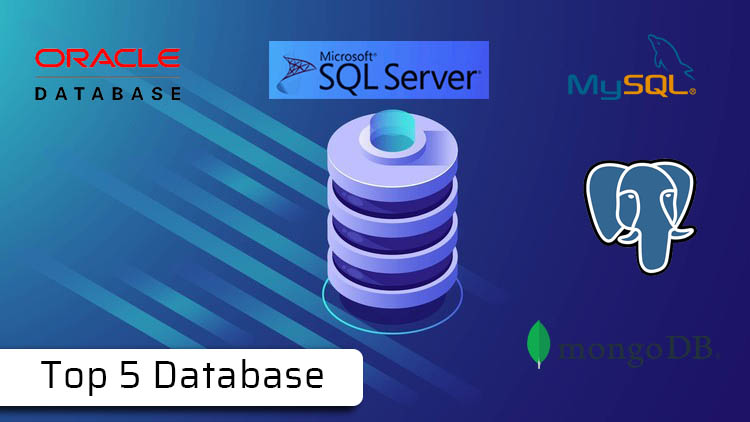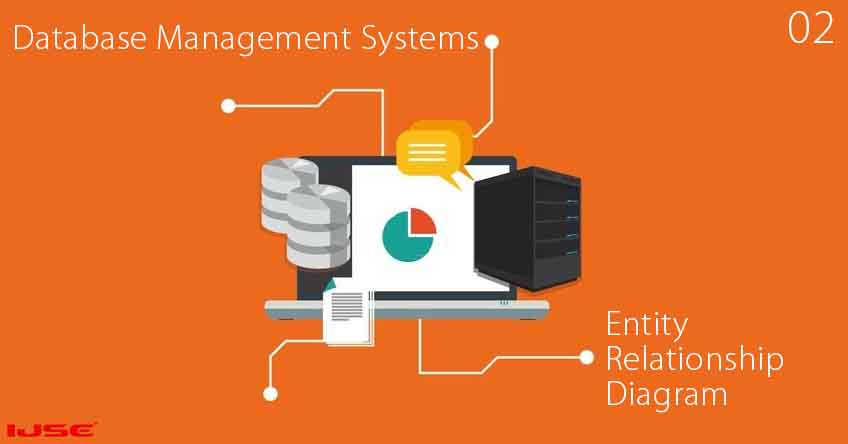In general, business consists of people and data. Which makes the need to preserve data and retrieving them as required to make decisions and obtain certain information regarding the business. These data that are related to each other and are stored in a central location or multiple locations are known as a Database. Thus, software engineers are required to be knowledgeable about DBMS for a certain scope.
What is a Database Management System (DBMS)?
Database Management System (DBMS) is a software that is used to efficiently store and retrieve data with suitable security measures.
Examples for DBMS-Softwares — Oracle 12g, MSSQL, MySQL, Access, Derby, SQLite
Functions and services of a DBMS
- Removes data redundancy and inconsistency. If you are using a normal file system to store and manage data, duplicate entries or accidentally removing some related data affecting data integrity is inevitable. Database Management Systems (DBMS) can remove that possibility by using a set of integrity constraints.
- It provides the ability to create databases, manage and manipulate data that are stored within.
- It can provide good security for the data stored within.
- Supports multiple views of data.
- Supports concurrency and transaction management giving the ability for multiple users to simultaneously access data.
- It can control the levels of access so that specific users can only access specific amounts of data.
- Follows the concepts Atomicity, Consistency, Isolation, and Durability which is widely known as ACID.
Minimum Scope of DBMS that is required to become a Software Engineer.
As mentioned earlier a software engineer is required to have a certain amount of knowledge in DBMS to ensure his/her career in the industry. Structured Query Language (SQL) – The standard language for accessing and manipulating databases. (You can refer to the IJSE Smart tutorial series for expert lessons on SQL).
- Structured Query Language (SQL) – The standard language for accessing and manipulating databases. (You can refer to the IJSE Smart tutorial series for expert lessons on SQL).
- Drawing Entity Relationship Diagrams (ERD) – ERD is a type of structural diagram that shows the major entities within the system scope and the relationships among those entities using a set of symbols and connectors. (You can refer to the IJSE Smart tutorial series for expert lessons on ERD and future articles)
- Converting Entity Relationship Diagrams into Logical Schema.
- At least 3 forms of Normalisation
- Physical Data Model
- Implementation of the table structure using SQL.
To make sure that you have the hands-on skills for the required scope, you can refer to the future articles by IJSE and the “Smart Tutorial – https://www.youtube.com/channel/UCIUyGBwGEadUqBkKkinonGQ” series which will be discussing the components of the required scope in detail.
[History of DBMS]
The first person to design a Database Management System (DBMS) is Charles Bachman in 1960. Which marked the starting point of DBMS. Afterward, Edgar F. Codd introduced the Information Management System (IMS) from IBM in 1970. Later on, in 1976, Peter Chen defined the Entity-Relationship model (ER) which we use frequently. With a long history of development, DBMS has become a crucial component in software development in the current IT industry.



